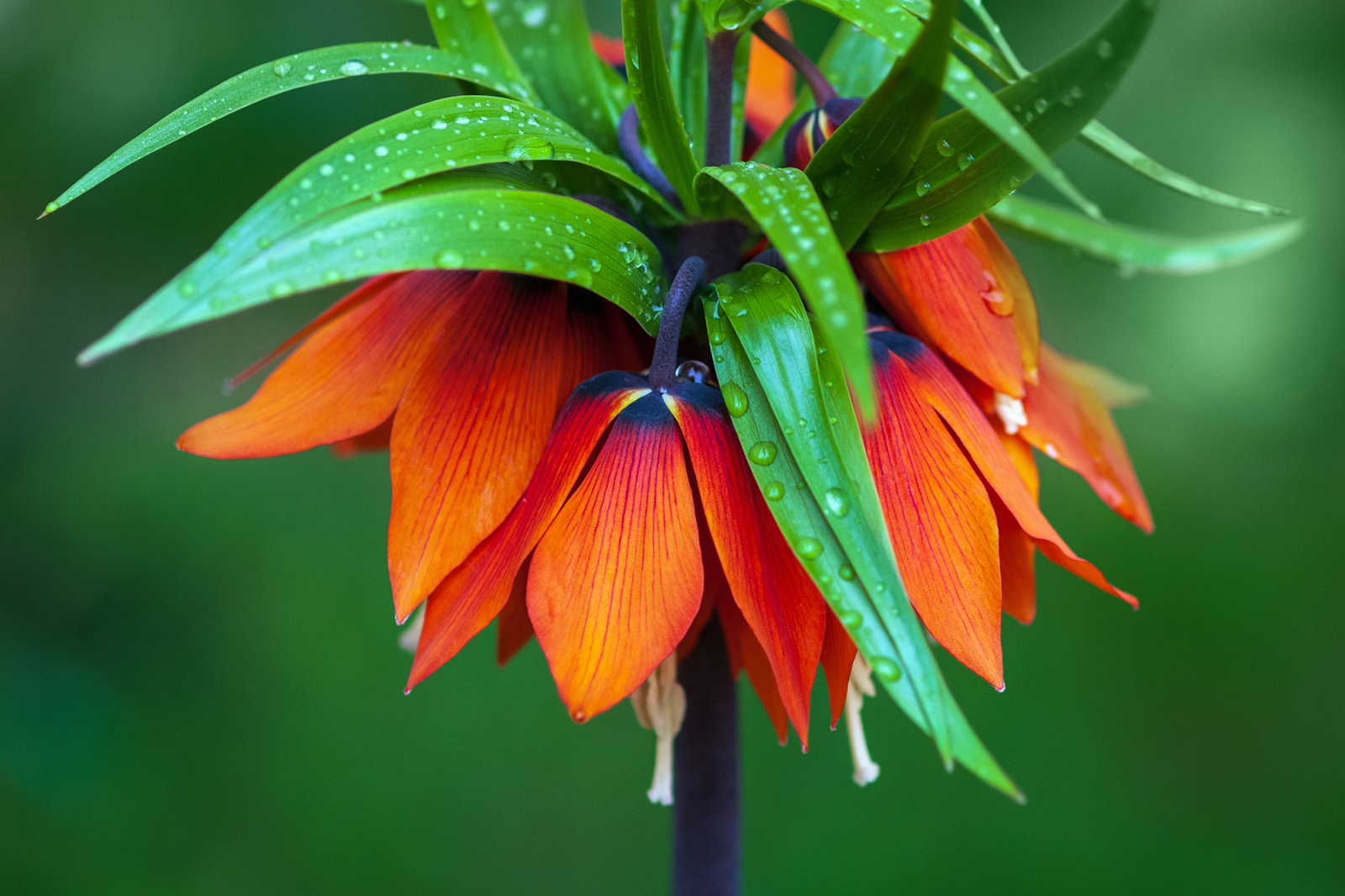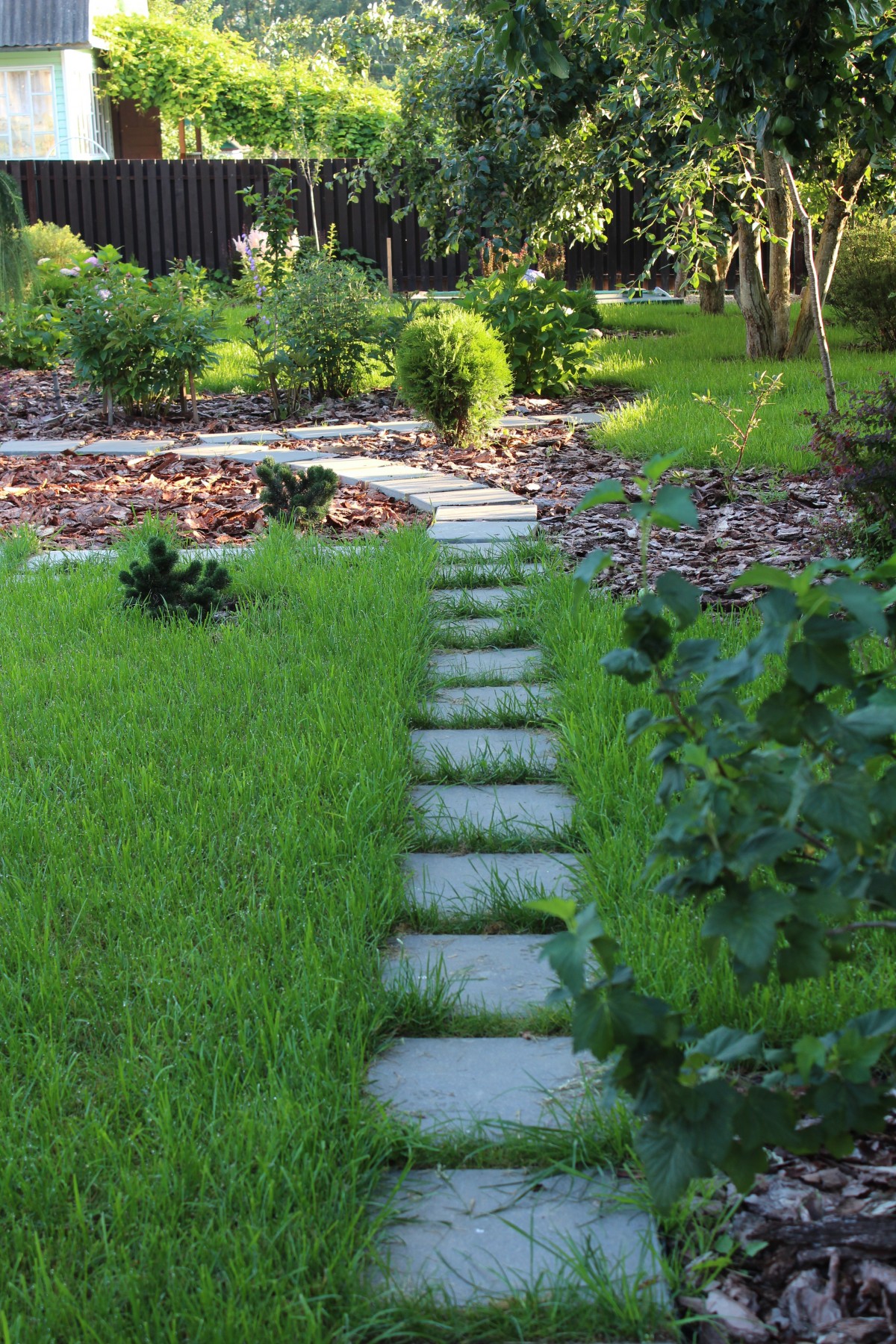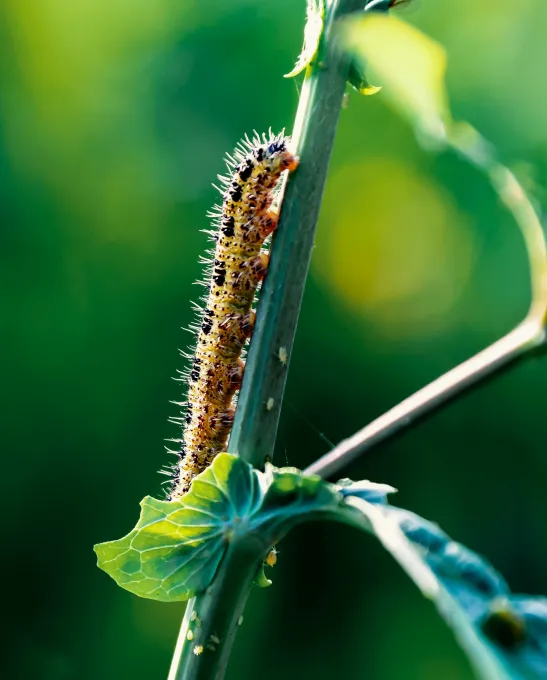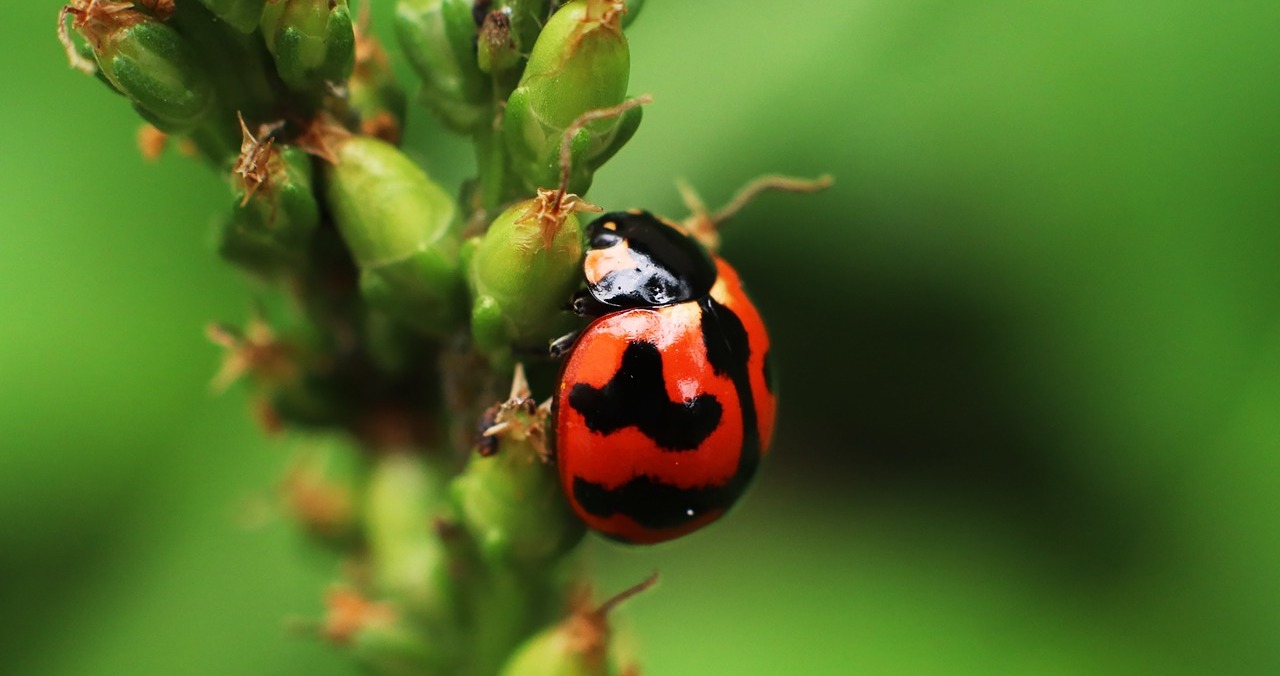No matter if it’s summer or spring, there’s nothing more relaxing than sitting in your garden. When you smell the fresh aroma of your blooming floras, it’s nothing less than a blissful moment. However, not all plants give off a sweet honeysuckle-like smell. If you don’t want a foul and stinky odor to linger around in your garden, here are some smelly plants you should avoid growing in your garden.
Valerian
 Valerian is a perennial flowering plant from regions of Europe and Asia. With the scientific name Valeriana officinalis, this plant is known more as an herb with medicinal use dating back to ancient Rome and Greece. Research suggests that early on, people used the plant’s root as a herbal remedy to treat conditions like anxiety, migraines, stomach cramps and insomnia. Results from multiple modern studies have been able to confirm that valerian root can indeed work as a powerful muscle relaxant and can be used to reduce anxiety, improve sleep quality and improve symptoms of OCD. For instance, according to a 2021 study, 39 people who took 530 mg of valerian root one hour before bedtime, had a better quality sleep compared to those who didn’t. In another study, 169 elementary school children with hyperactivity and concentration problems were treated daily with a combination of 320 mg of lemon balm extract along with 640 mg of valerian extract. After 7 weeks, all the kids who participated in the treatment showed more than 50 % improvement in terms of focus, impulsiveness and hyperactivity.
Valerian is a perennial flowering plant from regions of Europe and Asia. With the scientific name Valeriana officinalis, this plant is known more as an herb with medicinal use dating back to ancient Rome and Greece. Research suggests that early on, people used the plant’s root as a herbal remedy to treat conditions like anxiety, migraines, stomach cramps and insomnia. Results from multiple modern studies have been able to confirm that valerian root can indeed work as a powerful muscle relaxant and can be used to reduce anxiety, improve sleep quality and improve symptoms of OCD. For instance, according to a 2021 study, 39 people who took 530 mg of valerian root one hour before bedtime, had a better quality sleep compared to those who didn’t. In another study, 169 elementary school children with hyperactivity and concentration problems were treated daily with a combination of 320 mg of lemon balm extract along with 640 mg of valerian extract. After 7 weeks, all the kids who participated in the treatment showed more than 50 % improvement in terms of focus, impulsiveness and hyperactivity.
While there is enough published research to encourage people to grow valerian in their garden, nothing can mask the sharp and pungent smell of valerian root. All the studied benefits of the plant come from the oil within the root. However, unlike the plant’s delicately scented flowers, the oil has a very strong odor that many people find unpleasant –some have even linked the odor with “rotten cheese” and “dirty sweat socks.”
So, if you’ll be growing valerian in your garden, you’ll have to expect a sour, rank odor instead of sweet floral notes.
Crown Imperial
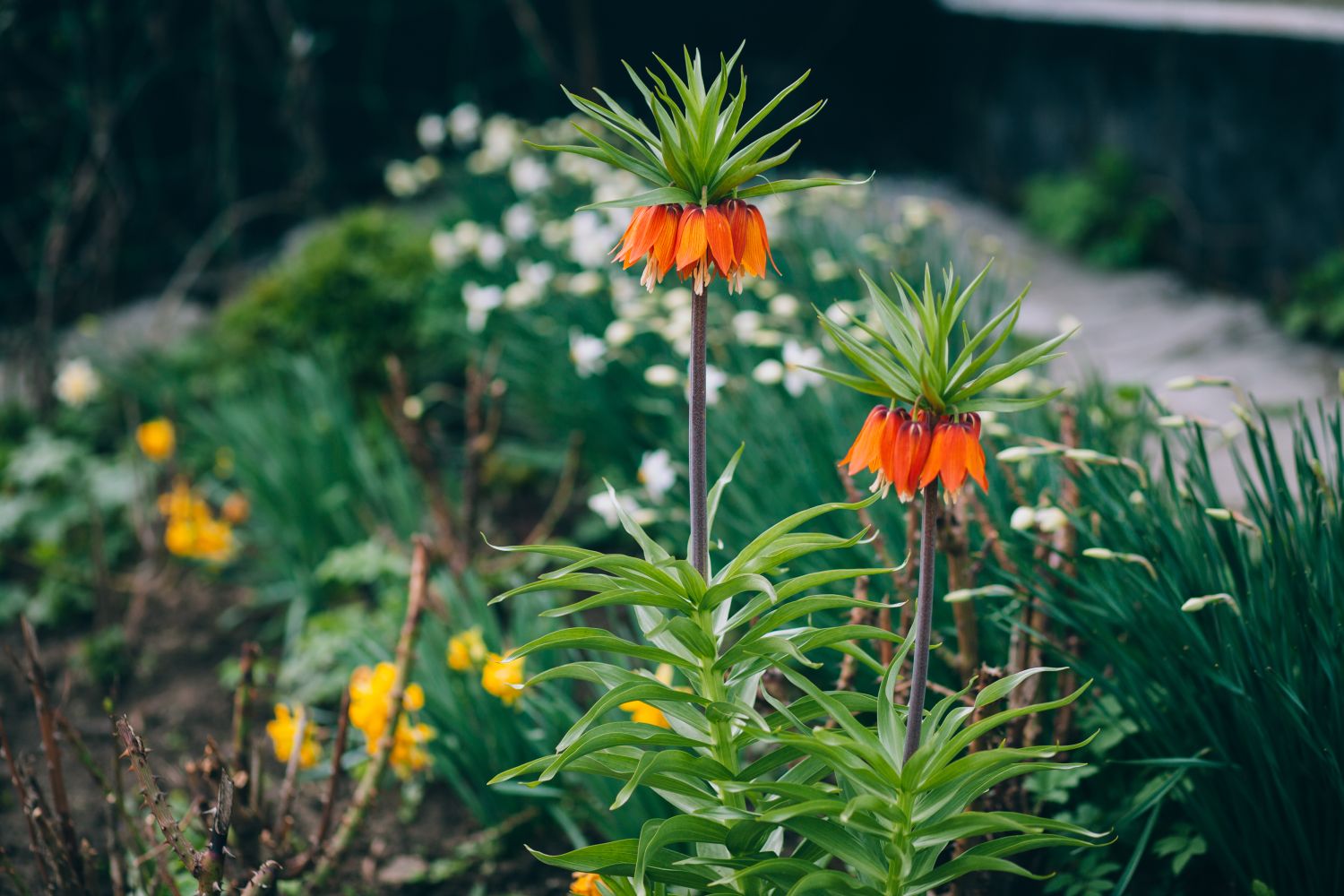 Crown imperials are the lesser-known perennials but these wonderful bulbous flowers can still make the most attractive spring plants. This flowering plant consists of a beautiful display of apricot orange bell-shaped flowers topped by a crown of small leaves and when added to a garden, this statuesque fritillary can make a bold decorative statement. In fact, these majestic crowns of vibrant red and orange blooms make the pride of mountainous regions in Turkey, Kashmir and western Iran. Also known as fritillaria imperialis, these impressive plants can grow 3-4/ tall and produce upright and fist-size bulbs. This is one of the reasons why people appreciate these flowers.
Crown imperials are the lesser-known perennials but these wonderful bulbous flowers can still make the most attractive spring plants. This flowering plant consists of a beautiful display of apricot orange bell-shaped flowers topped by a crown of small leaves and when added to a garden, this statuesque fritillary can make a bold decorative statement. In fact, these majestic crowns of vibrant red and orange blooms make the pride of mountainous regions in Turkey, Kashmir and western Iran. Also known as fritillaria imperialis, these impressive plants can grow 3-4/ tall and produce upright and fist-size bulbs. This is one of the reasons why people appreciate these flowers.
When it comes to gardening requirements, crown imperials are easy to grow and care for. When given their preferred growing conditions, crown imperials can make rapid growth in the spring.
While you can be interested in growing these very unique and decorative flower bulbs, the “sweaty” or “sulfurous” odor of these plants might be the reason why you’d refuse to do so. However, the foxy terpene stench released by this flowering bulb plant can act as a defense mechanism against plant predators. For instance, this sulfurous odor could keep away squirrels, mice and other rodents. Isn’t that a plus for any gardener?
Dead Horse Arum Lily
 The dead horse arum lily comes from the family of the Voodoo Lily and the Vampire Lily and this ornamental plant is native to Sardinia, Corsica and the Balearic Islands. This lily features a spathe that’s covered in fur and that looks like a huge slice of pepperoni. Now, any plant that has the word “death” in it must mean bad news and the bad news is that this plant gives off a scent that smells akin to a rotting corpse (I’m not kidding!)
The dead horse arum lily comes from the family of the Voodoo Lily and the Vampire Lily and this ornamental plant is native to Sardinia, Corsica and the Balearic Islands. This lily features a spathe that’s covered in fur and that looks like a huge slice of pepperoni. Now, any plant that has the word “death” in it must mean bad news and the bad news is that this plant gives off a scent that smells akin to a rotting corpse (I’m not kidding!)
The dead horse arum lily is a plant that relies on trickery for pollination and its putrid smell plays a crucial role in helping the plant carry out its mission.
